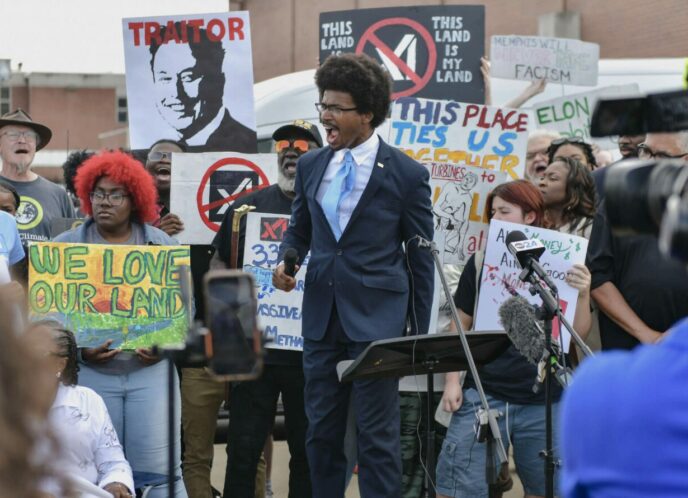Re-posted from WiredLatinos on January 7, 2011
I just found this great article today written by Jesse Washington of the Associated Press and published in The Salt Lake Tribune. This article writes about a subject we are all to quick to ignore, but may be a little too important to sidepass. This “new” digital divide” can be avoided with a little more effort on the part of all Latinos. The technology is at our fingertips, let’s use it to our advantange! This is our greatest challenge. Here is the article:
When the personal computer revolution began decades ago, Latinos and blacks were much less likely to use one of the marvelous new machines. Then, when the Internet began to change life as we know it, these groups had less access to the Web and slower online connections — placing them on the wrong side of the “digital divide.”
Today, as mobile technology puts computers in our pockets, Latinos and blacks are more likely than the general population to access the Web by cellular phones, and they use their phones more often to do more things.
But now some see a new “digital divide” emerging — with Latinos and blacks being challenged by more, not less, access to technology. It’s tough to fill out a job application on a cell phone, for example. Researchers have noticed signs of segregation online that perpetuate divisions in the physical world. And blacks and Latinos may be using their increased Web access more for entertainment than empowerment.
Fifty-one percent of Latinos and 46 percent of blacks use their phones to access the Internet, compared with 33 percent of whites, according to a July 2010 Pew poll. Forty-seven percent of Latinos and 41 percent of blacks use their phones for e-mail, compared with 30 percent of whites. The figures for using social media like Facebook via phone were 36 percent for Latinos, 33 percent for blacks and 19 percent for whites.
A greater percentage of whites than blacks and Latinos still have broadband access at home, but laptop ownership is now about even for all these groups, after black laptop ownership jumped from 34 percent in 2009 to 51 percent in 2010, according to Pew.
Increased access and usage should be good things, right?
“I don’t know if it’s the right time to celebrate. There are challenges still there,” says Craig Watkins, an associate professor at the University of Texas at Austin and author of The Young and the Digital. He adds: “We are much more engaged, but now the questions turn to the quality of that engagement, what are people doing with that access.”



